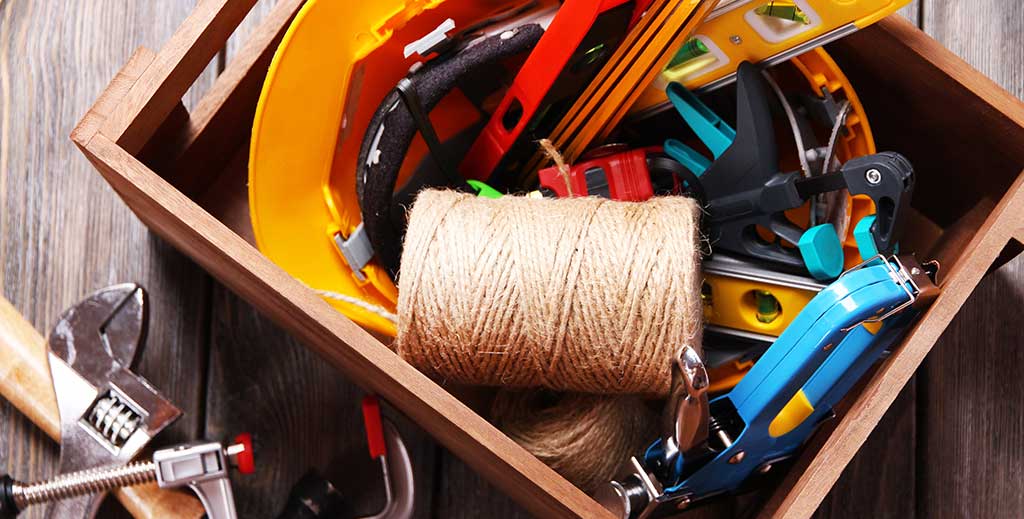

Safety and Health Talks: Slips and Trips
Preventing slips and trips
Many injuries are a result of a slip or trip. Sometimes they cause a broken bone or bruised muscle and sometimes a strain. In either case these can be painful experiences where people can be hospitalized or off on medical leave.
Over the next few weeks, we’re going to be looking at slips, trips, and falls and some of the things we can do to prevent them. Much of the material for this series is based on information from the agency responsible for safety and health at jobs in Great Britain, the Health and Safety Executive.
Control: Check to ensure that your office’s work practices are being carried out properly. For example, make sure smooth floors are not left wet, housekeeping is good, and any leaks from equipment and roofs are repaired quickly.
Monitor and review: Try to identify any shortcomings in our building maintenance. If you know of a slipping or tripping hazard, tell your supervisor. We are an industry of safety professionals and we want your working conditions to be safe and healthful.
You should also be involved in reviewing existing control measures. You may be better placed to know how effective our measures are for reducing the risks of slipping and tripping.
Examine slip and trip risks
Under OSHA (and MSHA) regulations, all employers have to assess the risks to employees and others who may be affected by their work, like visitors. This helps to find out what needs to be done to control the risk. It is also needed to satisfy the law.
Here’s a four-step approach to risk assessment for slip and trip hazards. Check them out.
Step 1: Look for slip and trip hazards. Inspect your office and workspace for conditions such as uneven floors, wires strung across walkways, areas that are sometimes slippery due to spillages or leaks. Include outdoor areas, particularly with an eye toward winter ice and snow.
Step 2: Decide who might be harmed and how. Who comes into the area? Are they at risk? Do you have any control over them? Remember that older people and people with disabilities may be at particular risk.
Step 3 Consider the risks. Are the precautions already taken adequate to deal with the risks?
Step 4: Regularly review the assessment. If any significant changes take place, make sure existing precautions and management arrangements are still adequate to deal with the risks.
Thanks for the share RF!
"Always be nice to your children because they are the ones who will choose your…
Toolbox Talk- Accountability No one wants to learn by mistakes, but we cannot learn enough…
Safety Tidbits Ergonomics Reminder - Correct Posture Tips -Hands - wrists and forearms should be…
Cutting coal only hurts the US and won’t stop climate change by Liberty Vittert, Opinion…
We can mine more coal, but who will buy it- Story by Source: WVNews- Curtis Tate…
This website uses cookies.